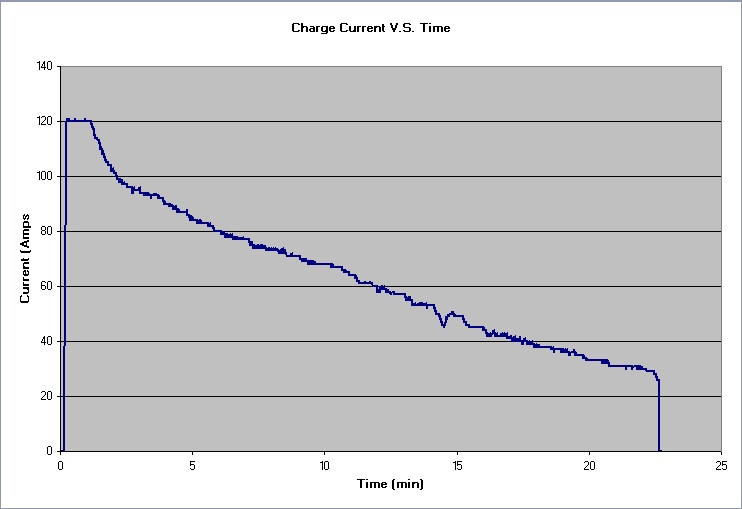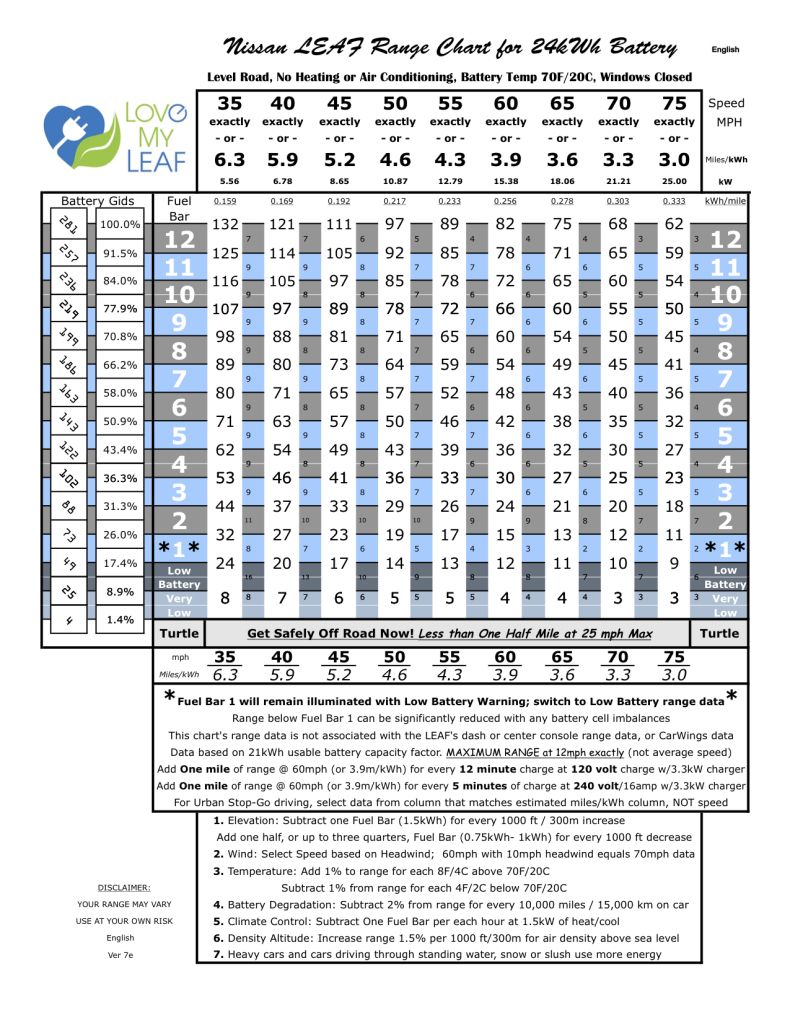I don't want to derail the norcal topic with too many socal problems, but really quick:
TonyWilliams said:
2. Pay outlandish demand charge for 10-50 users a month. I think somebody would go postal the first time a LEAFer complained about the price and nonchalantly offered, "I'll-Just-Drive-My-Prius (TM)". Remember folks, these are expensive to insure, and operate, even if all the hardware and installation and maintenance were free. The demand fee just pushes things over the top.
I think we need to keep hounding Socal Edison about moving this meter to the EV rate that Tbleakne mentioned in his
thread. Your second call in the morning should be to to Southern California Edison. It wouldn't make the demand fee go away, but it would relax it significantly.
To put "the cost of charge" and what people are willing to pay in perspective, in my SUV, I usually go through nearly a full tank going to Bear and back. Right now, that's a hair shy of $60. I would love a $7 qc, but if I had to pay up to $25x2=$50 (that's my personal limit, hypothetically, for now

) for two qc's to take my (future) leaf to the mountains and back, I would. Note that I have no plans on having two cars, my other option would be to take a friends car (with said friends) up to the mountains. I would certainly not pay more then the cost of gas in a 20 mpg vehicle (going up the mountain kills mpg, I wouldn't be surprised if it was less) to get up there.
TonyWilliams said:
3. Spoof box to manipulate EATON to sub 20kW, but I don't have the skill set to make this happen, and those that do won't just drop everything to make this happen. Can you do this? I know Ingineer can, but he's currently working 32 hours per day. I'd have to buy him cases of NoDoze to try and work 35 hours per day.
I could, but the charger is about 60 miles from me, and I'd need to work on it for quite some time (a few hours a day for weeks, probably a month or two). I can talk to my work about "storing it" for a while, if moving it closer to me is a possibility. I have 208 3 phase there.
TonyWilliams said:
4. Replace unit with one of the DC charger units I'm buying. This is a good option for a lot of reasons, but what do you do with a $50k "slightly used" DC charger ? I wouldn't be able to have this optional operational until July / August 2012.
Well, I know the mountains do have some summer tourists with mountain bikers and such, but my deadline is the start of the next ski/snowboard season.

TonyWilliams said:
1. Leave it shut down forever.
Anything but this.
Jeremy











